Last updated on July 13, 2024
Here is a collection of the most frequently asked questions we get at Deluxe Backgammon from beginners or observers. Every time we play someone will stop, watch and undoubtedly ask questions. These are the most common backgammon FAQ we get from beginners. We will add to this list over time, please feel free to add suggestions. The complete set of backgammon rules can be found on our Rules page. A list of common backgammon terms can be found on our Glossary page. A more complete list of Playing Guides is available on this link.
What is the objective of backgammon?
The objective in backgammon is to move all of your checkers around the points and into your home board and then bear them off. The first player to bear off all their checkers from the board is the winner.
Can I pass when it’s my turn to roll?
No. You must roll when it is your turn and you must make all possible legal moves. An exception is when you have a checker on the bar and your opponent’s home board is closed (see below). In this instance, you forfeit your turn because there is no way to re-enter from the bar.
When is a move completed?
You complete your move by lifting the dice from the board. Up until this point, you can freely change the position of your checkers to consider different moves. After completing the move, no changes can be made to the position of your checkers. However, an incorrect move, if noticed, must be corrected before the subsequent throw of the opposing player. Once the opponent throws their dice, the previous moves, correct or incorrect, stand.
What is the bar?
The bar is the raised ridge running down the centre of the board that divides the inner table from the outer table. The bar is where you place your checkers after they have been hit.
What are the inner and outer tables?
The inner board is also known as the home board. Typically, backgammon boards fold in half. The two halves of the board are called the inner table and the outer table. The side the inner table is on depends on how you set up the checkers. If you bear your checkers off to the right, then the inner table is on your right. If you bear off to the left, then the inner table is on your left. Your home board and your opponent’s home board are both located in the inner table.
Can you change your move in Backgammon?
Yes, you can move your checkers and then reconsider your position. You should return your checkers to their original location before you move them to a new position. Once your move is completed (see above) you are no longer able to change the position of your checkers.
Is it legal to have more than five checkers on one point?
Yes. In most variations of backgammon, there is no limit to the number of checkers that can occupy a point at any given time. Old English Backgammon, a common variant prior to the 1970s, did have a limit of a maximum of 5 checkers on a point. This form of the game is rarely played anymore. In modern backgammon, it may be permissible to have more than 5 checkers on a point, but it is rarely advisable in gameplay as excessive stacking is considered a waste of resources.
How do you determine which player moves first?
When starting a game each player rolls a single die in their respective half of the board (to the right of each player). The player with the higher die roll moves first, using the combination of both players rolls. For example, you roll a 3 and your opponent rolls a 2. You will make the opening move using the two rolls of 3 and 2. On all subsequent turns, each player rolls two dice to determine their move. If both players roll the same number both they must re-roll. Therefore, it is not possible to have an opening move played with doubles.
What is the mid-point?
The mid-point is your 13-point (the opponent’s twelve-point). At the start of the game, you have 5 checkers on the 13-point. It is called the mid-point because it is halfway around the board. These checkers are ideally placed to be used as builders in your outer board.
I am certain my Backgammon software cheats. It always rolls perfectly. Or am I wrong?
You are wrong. Commercial backgammon software does not cheat. Cheating would be detectable in the code. The reason why commercial backgammon software seems to have more ‘luck’ is because it plays mathematically correct moves. This maximises the chance of receiving a good roll and minimises the chance of the opponent’s receiving a favourable roll. This creates the illusion of ‘luck’ from good play. Novices generally don’t recognise these correct plays and assume the software must be cheating.
What is the official size for a tournament backgammon board?
There is no official standard size. Most tournaments do not have specific rules for the board size. However, typically tournament boards are made for a checker of approximately 44mm in diameter.
What is the best strategy in backgammon?
There is no single best strategy in backgammon. The game is a mixture of strategy and luck therefore the game’s circumstances are constantly changing. As a result, the required strategy can change as the game unfolds. Generally, there are five strategies available, the blitz, the back game, the holding game, the priming game and the running game. The key skill in backgammon is knowing which strategy to apply in any given situation.
What factors should I consider when purchasing a quality backgammon set?
For a detailed description of quality backgammon sets please read the Deluxe Backgammon post here. Otherwise here are the main points to consider:
- Wooden boards are superbly crafted and beautiful, but they are not always the first choice to play backgammon. The noise of the dice rattling across the board can be annoying. For this reason, you won’t find wooden boards at tournaments. For a quieter game, the surface of the boards should be covered with either felt or leather. These surfaces will dampen the sound of the dice allowing for a quieter game.
- The points should be inlaid or printed onto the playing surface. This will allow the checkers to move smoothly across the points. Raised points that are stitched onto the surface will catch the checkers as they move.
- Small boards are good for travelling or for homes where space is at a premium. Generally, a larger ‘tournament sized’ board is best as the playing field is less cluttered and cramped.
How much do I have to spend for a quality backgammon set?
For a detailed description of quality backgammon sets please read the Deluxe Backgammon post here. Otherwise, this is a are a basic guideline.
Quality backgammon sets are available at all price points from £20 up to thousands of pounds. Please look at our website recommendations by price.
What do I have to consider about the dice?
For social play generic plastic or wooden dice are acceptable. For serious play, always try to use precision dice. These are specially manufactured to ensure consistent, random rolls.
What is a gammon and a backgammon?
If you bear off all 15 of your checkers before your opponent has borne off a single checker, you win by a gammon or a double game.
If you bear off all 15 of your checkers before your opponent has borne off a single checker, and they still have one or more checkers in your home board or on the bar, you win a by a backgammon or a triple game.
Are moves compulsory?
If both die rolls can be played legally, then this must be done. When only one die roll can be played legally, then you must play the higher die if possible. If not, you can play the lower die. Note that you may play the roll in such a way as to move fewer pips than the higher die indicates, by playing the lower die first. This scenario is common in bear-off situations, and perfectly legal as long as both rolls are played.
What is a closed board?
A player who has made all six points (two or more checkers on each point) in their home board is said to have a closed board. If the opponent has any checkers on the bar, they will be unable to re-enter as there are no vacant points. The opponent forfeits their roll and continues to do so until such time as there is a vacant point providing a point of re-entry. Although the player has forfeited the roll, they can still offer a double if they control the doubling cube.
What is meant by cocked dice?
When rolling, dice must come to rest completely flat on the playing field on the right side of the board. If one die crosses the bar into the other table, or jumps off the board, or does not come to rest flat, or ends up resting on one of the checkers, the dice are ‘cocked’ and the entire throw, using both dice, must be taken again.
What is the doubling cube used for?
The introduction of the doubling cube game is largely responsible for the increase in popularity of backgammon in the 20th century. Each face of the doubling cube bears a number to record progressive doubles and redoubles, starting with 2 and going on to 4, 8, 16, 32 & 64. At the start of play, the doubling cube rests on the bar, between the two players, or at the side of the board. The number 64 should be on top, although at the start of play, this represents the number 1 indicating the current stake.
During the game, a player who thinks they are sufficiently ahead may, when it is their turn to play and before they have rolled the dice, propose to double the stake by turning the cube to 2. The opponent may decline the double, in which case they forfeit the game and lose 1 point. If the opponent accepts the double the game continues with the stake now at 2 points. The player who accepts the double then ‘owns’ the cube. This means that they have the option to redouble at a later stage in the game, but the opponent (the original doubler) may not. There is no limit to the number of doubles during the game and the ownership of the cube changes hands each time.
What are the best opening moves?
The best opening moves, of which there is no debate about how the move should be played are the 3-1, 4-2, 6-1, 6-5 and 5-3. Each of these moves, with exception of the 6-5, secures a key point on the board. The 3-1 secures the 5-point, which is considered the most important point on the board. The 4-2 and 5-3 moves secure home board points and the 6-1 secures the bar-point.
More FAQ
Backgammon, 3 simple tips for beginners.

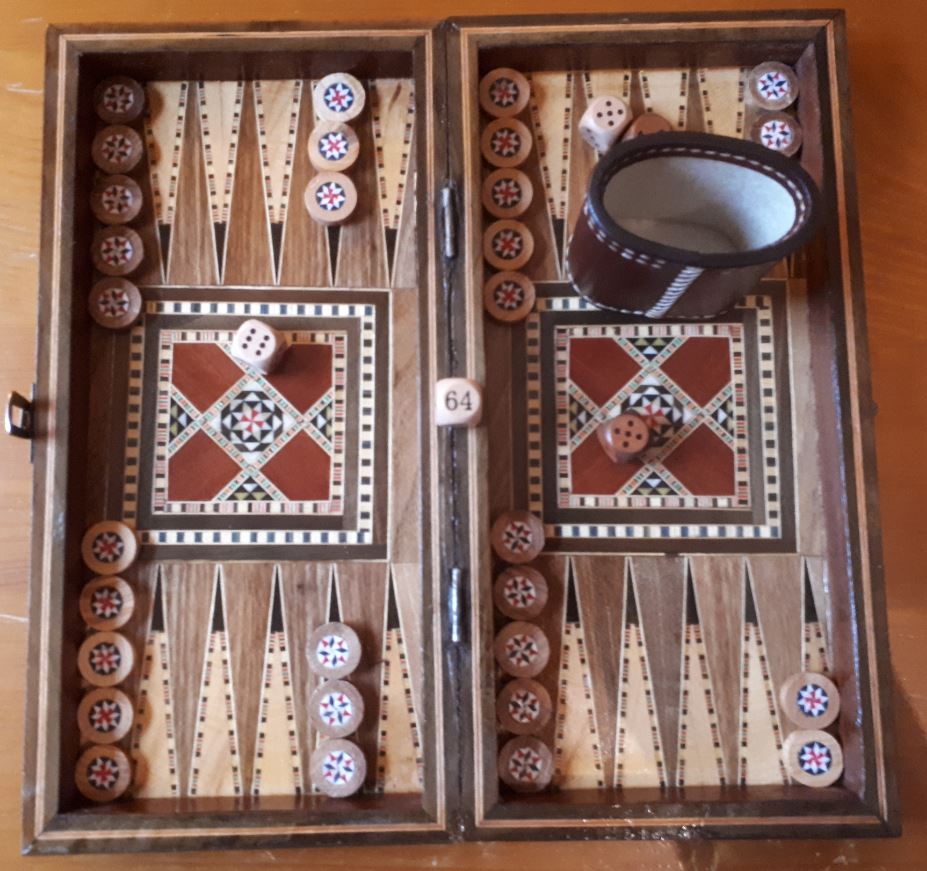
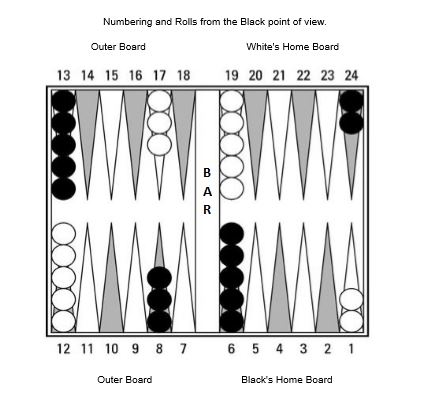
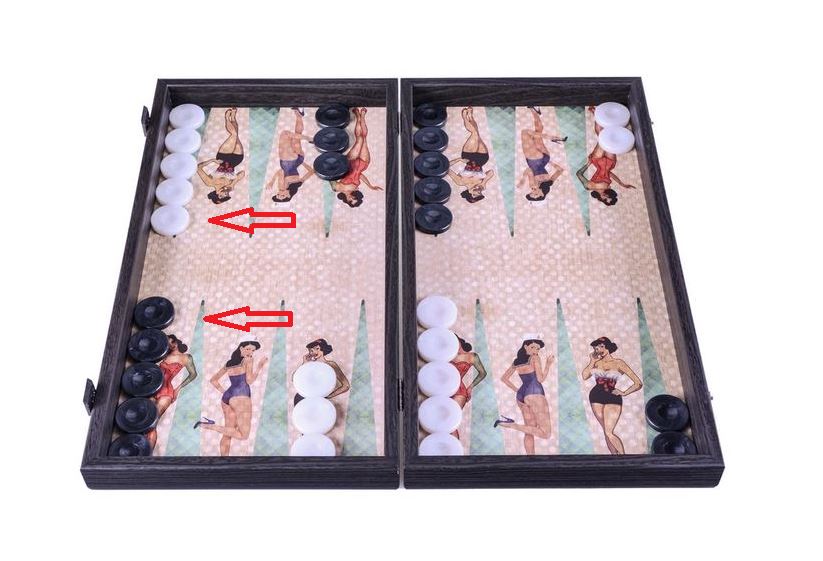
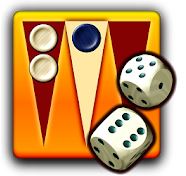
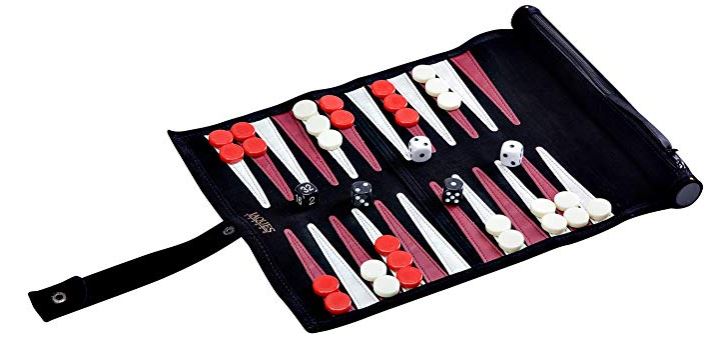

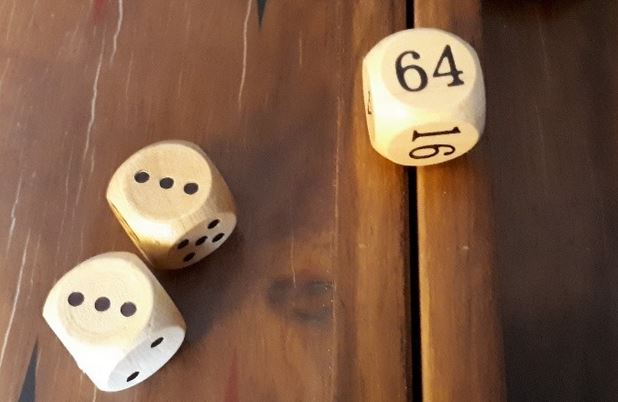
What are the worst opening moves in backgammon? I hate the 2-1 and 4-1 opening moves in backgammon.
Hi Larry, we have a post called the best five openings in backgammon, this has given me an idea for another, the worst five openings in backgammon. I’m sure your 2-1 and 4-1 backgammon openings will feature in that list. I’ll let you know when it is done. Thanks for taking the time to comment at Deluxe Backgammon, Jason.